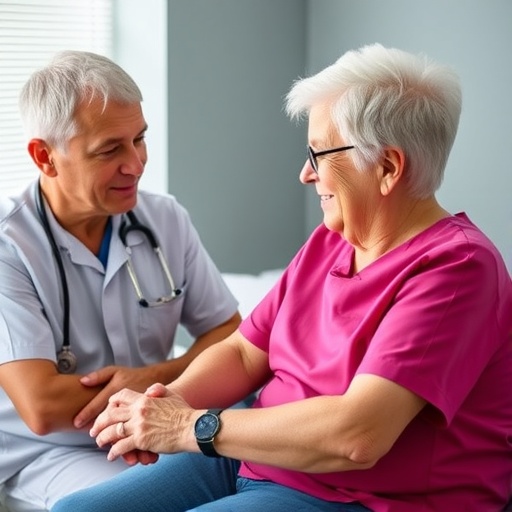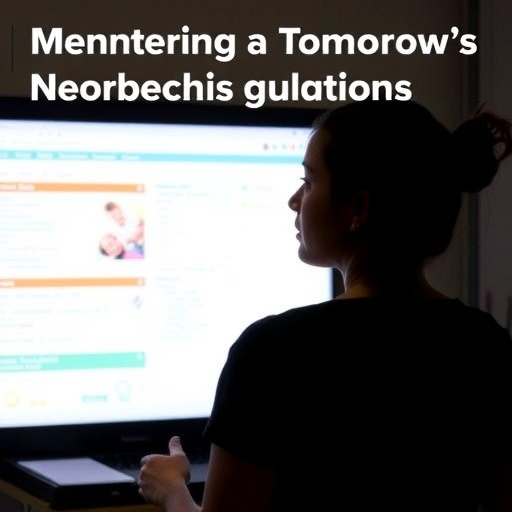
Credit: Children's Hospital of Philadelphia
Severe weather events, such as summer hurricanes, tornadoes, and winter snow storms often result in widespread and prolonged power outages, interrupting essential household functions, including home heating. Power losses may also compromise food storage and home cooling devices. In such a scenario, people may turn to dangerous remedies to compensate for lost electrical power.
An editorial article in the October issue of the American Journal of Public Health addresses the threat of carbon monoxide (CO) poisoning.
"Unfortunately, poison control centers continue to see surges in generator-associated carbon monoxide poisonings during and after major storms, despite mandated warning labels and public health advisories," said the article's author, Fred Henretig, MD, emergency medicine physician and toxicologist at the Poison Control Center at Children's Hospital of Philadelphia. "In many instances of CO poisoning, tragedies result – whole families are poisoned, some fatally."
CO is often called the "silent killer" because it is an odorless, tasteless, colorless toxic gas. CO is made when any appliance that burns wood or fuel (oil, gas, propane, kerosene, coal) is malfunctioning or poorly vented. Early symptoms of CO poisoning are often mistaken for those of the flu and include headache, nausea, sleepiness, dizziness, and confusion. In severe cases CO can cause coma, heart attack, and death. Be suspicious that symptoms may be from CO if they occur shortly after using a furnace or generator, if multiple family members become sick at the same time, or if symptoms improve when outside of a home or building. Babies, children and older adults are particularly susceptible to CO poisoning.
"At toxic levels, CO is a frequent cause of poisoning morbidity and death in the U.S., resulting in more that 50,000 emergency room visits each year," added Henretig.
There are ways to make sure that CO does not cause problems in the home:
- a) Make sure that all furnaces, chimneys, wood stoves, and heaters are checked regularly and are in good condition.
b) Never use barbecue grills or gasoline-powered equipment indoors or in a garage.
c) During power outages, gasoline-powered generators should only be used outdoors, away from vents or windows, and at least 25 feet from the house.
d) Don't use gas ovens to heat the home.
e) Be careful to avoid sitting in a car with the engine running if deep snow or mud is blocking the exhaust pipe.
f) Install CO monitors in your home and make sure all monitors have fresh, working batteries.
If you think CO is in your home, you may attempt to air out the house, shut
###
off the heating system, and call 911 or your heating company. If you have any symptoms and you suspect CO poisoning, leave the area immediately and contact The Poison Control Center or 911.
The Poison Control Center 24-hour hotline is toll-free: 1-800-222-1222.
To schedule an interview, please contact Joey McCool Ryan from CHOP'S Public Relations team at [email protected] or (267) 426-6070.
Henretig et al. Predictable, Preventable, and Deadly: Epidemic Carbon Monoxide Poisoning After Storms. American Journal of Public Health; vol. 108, No. 10
About Children's Hospital of Philadelphia: Children's Hospital of Philadelphia was founded in 1855 as the nation's first pediatric hospital. Through its long-standing commitment to providing exceptional patient care, training new generations of pediatric healthcare professionals, and pioneering major research initiatives, Children's Hospital has fostered many discoveries that have benefited children worldwide. Its pediatric research program is among the largest in the country. In addition, its unique family-centered care and public service programs have brought the 546-bed hospital recognition as a leading advocate for children and adolescents. For more information, visit http://www.chop.edu
Media Contact
Joey McCool Ryan
[email protected]
267-426-6070
@chop_research
http://www.chop.edu





